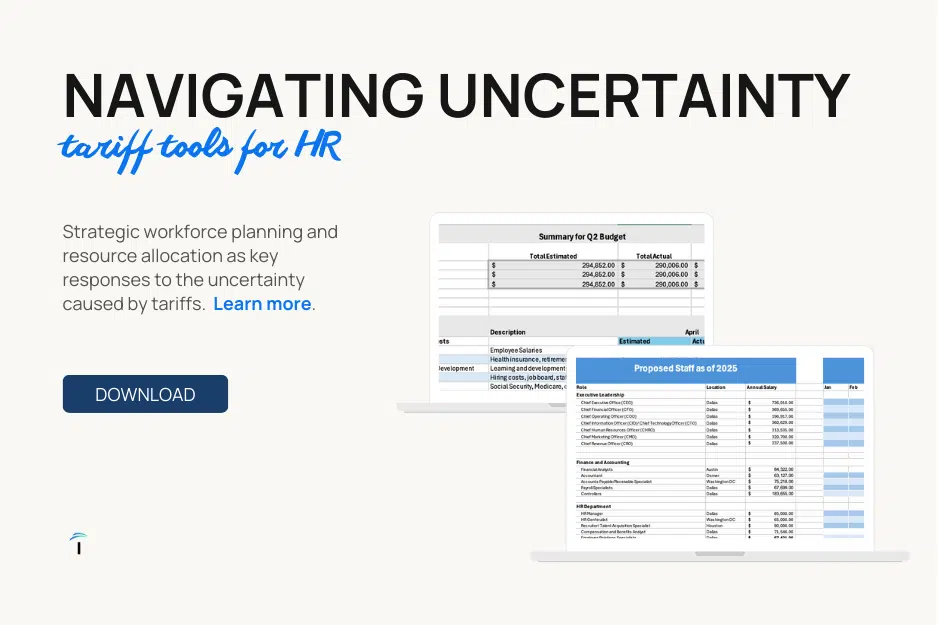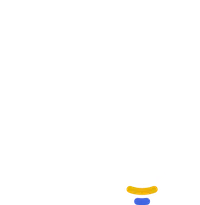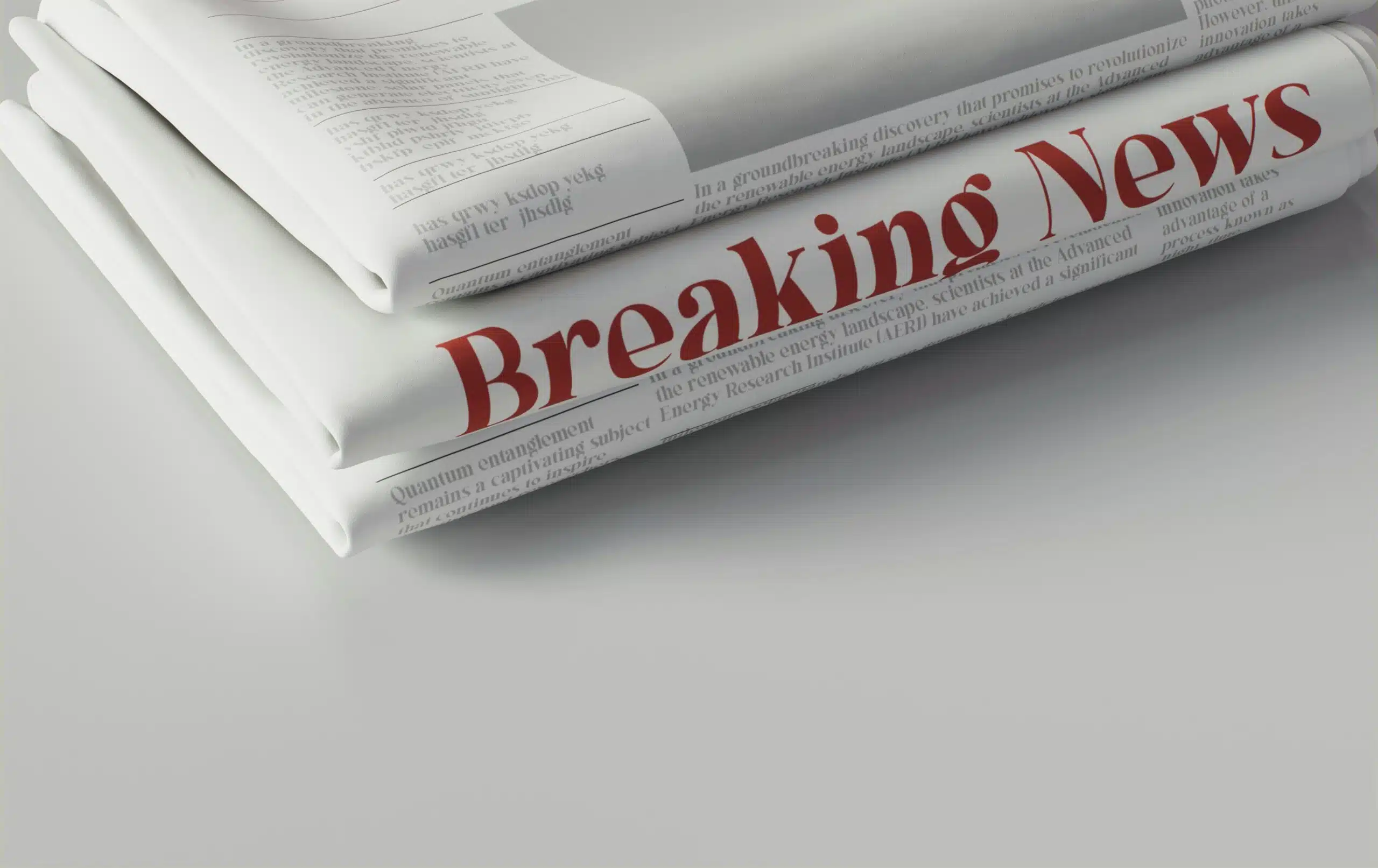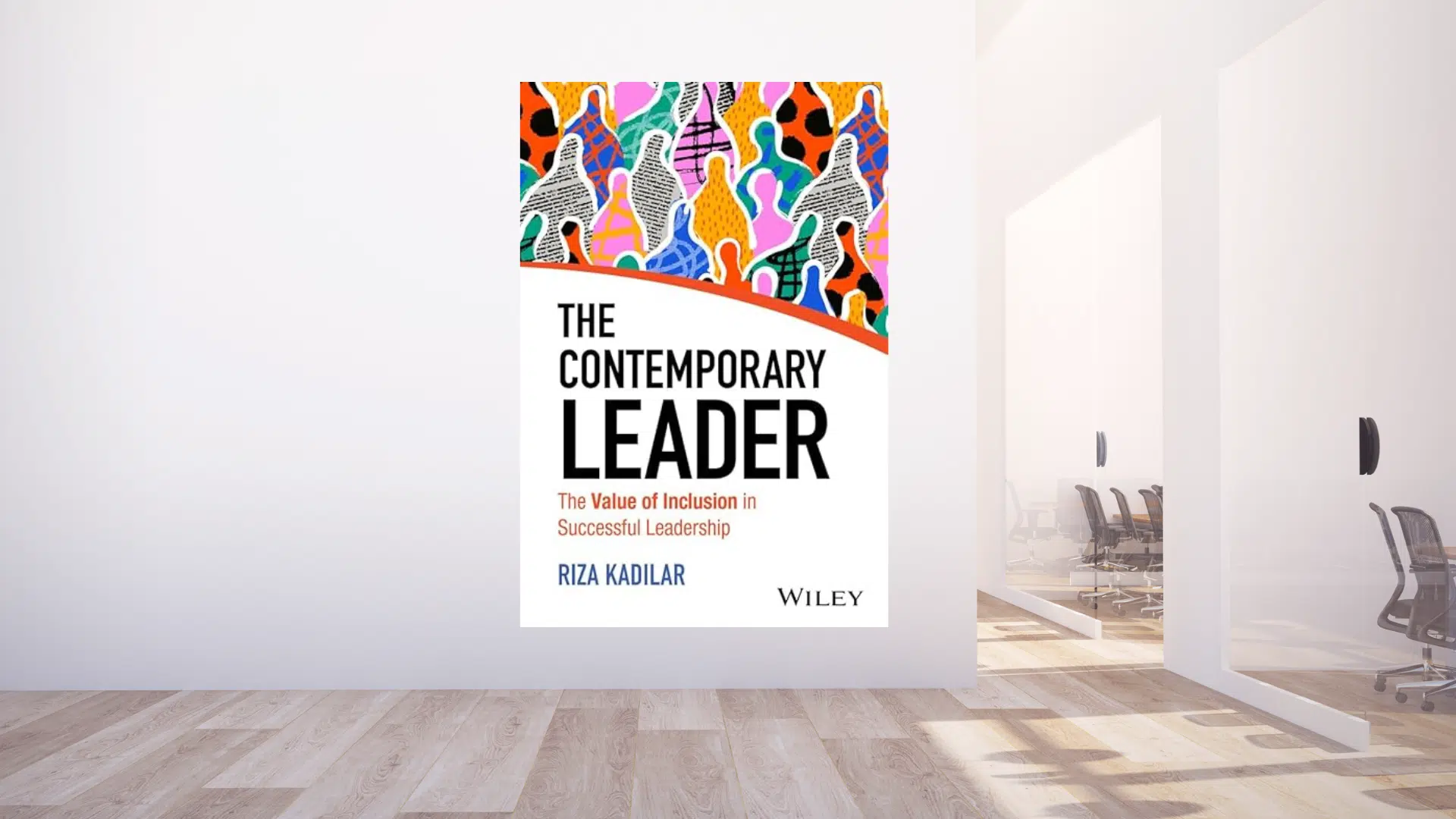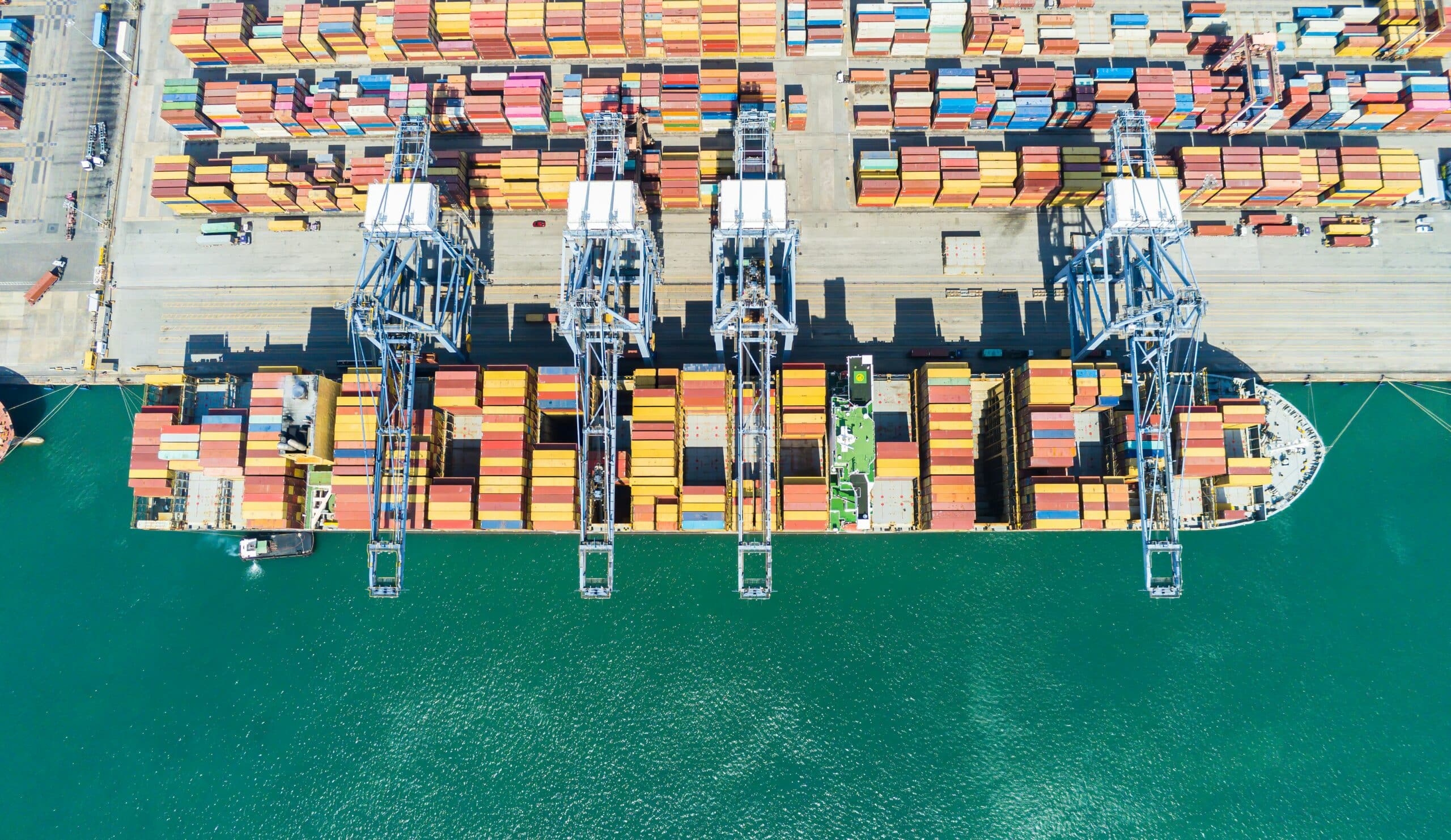
News Analysis: Why Tariffs?
Tariffs on hundreds of countries—including some of the United States’ closest allies and trading partners—have sent stock prices tumbling, upended global trade patterns, and sparked fears of a recession.
With all the uncertainty, many are wondering: why are these tariffs happening?
Today, we’re breaking down different rationales behind why tariffs were put into effect and what these new import duties mean for the economy.
Theory #1: Tariffs will bring manufacturing jobs back to the U.S.
THEORY: President Trump has said that one of the goals of his tariffs is to make high import duties so painful that companies manufacture goods in the U.S. He believes that major retailers will open factories here in the U.S., bringing back the manufacturing jobs that have gone overseas in our now-global economy. Trump and his team state that the tariffs will create jobs and increase wages for American workers.
CRITIQUE: Manufacturing jobs will not return for several reasons:
It can take several years to move factories to another country. Given that Trump is a sitting-duck president, business leaders aren’t willing to invest in a multi-year, millions-of-dollars, supply chain recalibration—especially when tariff rates change as rapidly as they have been.
It is far cheaper to produce goods outside of the U.S. With U.S. minimum wage and federal labor laws, employing American factory workers won’t actually save businesses money—in fact, it could be more expensive.
Technologically, the U.S. is far removed from the heyday of American manufacturing. The rise of automation, A.I., and robots means that the majority of the factory jobs of the 1970’s can now be performed by non-human workers. A factory that might have employed 200 American workers in the 70’s may now only need to employ 15-50 highly-skilled workers. Even if manufacturing returns to America, there’s no guarantee that manufacturing jobs are coming back.
Moreover, modern manufacturing jobs are not the manual labor posts of the past—they require an understanding of data analytics, coding, and software. The manufacturing jobs of the future will not be “entry-level”; they will require skills and technical training.
Theory #2: Tariffs will allow the 2017 tax cut to remain in effect.
THEORY: The president has argued that tariffs will allow the U.S. government to collect taxes from foreign nations importing goods to the U.S. President Trump has said that income will be used to continue the 2017 tax cuts.
Trump has gone even further, arguing that tariffs could one day replace income taxes entirely. However, some economists disagree. Erica York, Vice President of federal tax policy at the Tax Foundation called a full replacement “absolutely, mechanically impossible,” adding, “The math doesn’t work.”
If President Trump extends his 2017 tax cuts for another decade, the Congressional Budget Office estimates that those cuts will cost $4.6 trillion.
CRITIQUE: Estimates for the long-term value add of tariffs ranges from $2 trillion to $3 trillion over the same period, leaving a deficit of up to $2.6 trillion. The tariffs as they currently stand would not cover even half the cost of the tax cut.
Moreover, the president’s two big goals—returning manufacturing to the United States and extending tax cuts via tariff revenue—are at odds with each other. A return to made-in-America goods would, in a best-case scenario, limit the number of foreign goods imported, thereby reducing the revenue generated by import duties.
Critics further argue that U.S. manufacturers would likely still rely on foreign raw materials, and tariffs would only further raise their costs and disrupt their supply chains.
Theory #3: Tariffs will end the U.S. trade deficit with other countries.
THEORY: The president’s initial rationale for tariffs was to end the trade deficit the U.S. runs with countries around the world (meaning, the U.S. imports more from those countries than it exports to them).
China is a perfect example of a country with whom the U.S. runs a trade deficit. The U.S. imported $438.9 billion of goods and services from China in 2024, while we exported $143.5 billion of goods and services to China in 2024.
According to economists, a trade deficit isn’t necessarily a bad thing. Some even argue that it’s a given for the country that produces the world’s reserve currency, as the U.S. does.
Reserve currencies are those held in central banks around the world, and are typically considered a highly stable currency. In all global foreign exchange transactions, the U.S. dollar is bought or sold 90% of the time, and accounts for 60% of global foreign exchange reserves. By far the largest export in the U.S., the dollar is used globally in central bank reserves, to invest in U.S. stocks, and for trade settlements.
CRITIQUE: In an article for State Street, Chief Investment Strategist, Michael W. Arone called it a “mathematical certainty” that the world’s reserve currency runs a deficit, meaning that the U.S. will always be in a trade deficit—so long as the dollar remains the reserve currency.
It seems unlikely that the proposed tariffs could successfully achieve even one of their stated goals. In the next weeks and months, as these tariffs go into effect or are again postponed, we’ll get a clearer picture of their impact on the U.S. economy and the global supply chains.
It’s hard to make sense of these tariffs—not just in terms of what they will mean for businesses around the globe, but in understanding the ultimate goals they are meant to achieve. HR leaders in affected industries need to stay up-to-date on the coming tariffs to help their business prepare for new talent needs and adapt to changing business practices.
Tariffs can disrupt supply chains, prompting companies to relocate operations or source domestically. HR may need to recruit talent in new regions or upskill workers for reshored tasks. For example, if a firm moves semiconductor production stateside due to tariffs on Chinese imports, HR must find or train engineers fast.
For a full picture of how the tariffs unfolded, check out this timeline from PBS.
—
The information contained in this site is provided for informational purposes only, and should not be construed as legal advice on any subject matter.

Advice in Your Inbox
Join our newsletter for free bi-monthly toolkits and downloads on how to hire, support, and retain your best talent.

